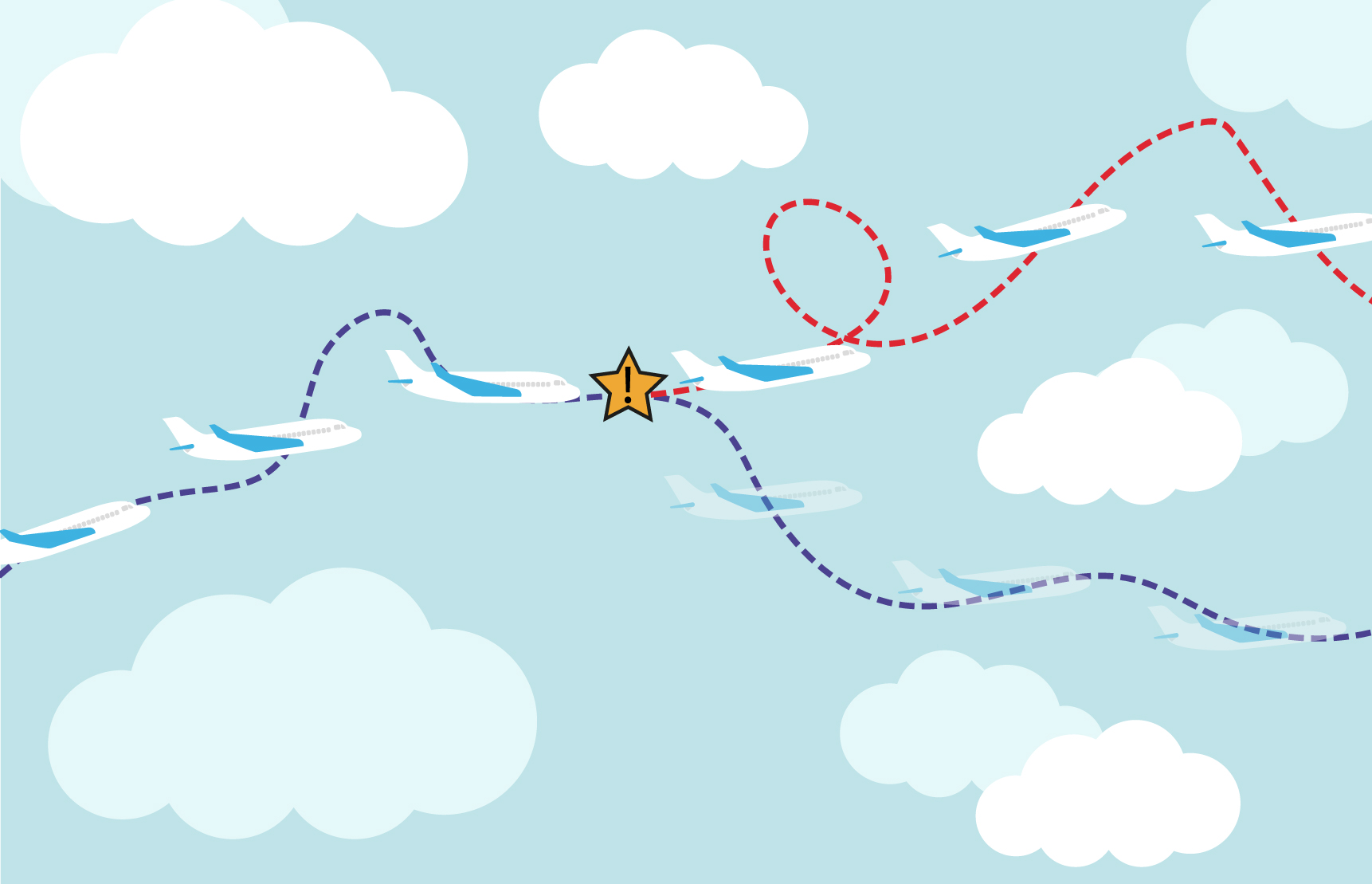In the first part, I introduced the omnipresent problem of IROPs (irregular operations) in the aviation industry, and argued that, even though they cause substantial financial losses to the airlines, their complexity has limited progress made in solving them. As a result, airlines were traditionally oriented to increase their revenues through other business opportunities that had simpler solutions, whereas IROPs were typically seen as an investment with a poor ROI. However, that is changing thanks to AI advancements made in past decades and an immense increase in the computational power that has allowed for the processing of very large datasets. While in the pre-AI era, most research performed in the field of mitigating IROPs was based on optimisation techniques such as linear programming, AI is uncovering many novel promising paths.
What are the potential qualities of a market-disruptive IROP solution?
As I touched upon in the first part, previously, operation managers rarely took into account the effects a recovery solution might have on the network as a whole. Indeed, a network-wide approach is too computationally demanding for a human actuator to tackle. They would typically focus on delivering quick, practical solutions as a small improvement. However, we expect AI to be able to search for globally optimal solutions.
In addition, with the rise of predictive analytics, such solutions would undoubtedly benefit from a look-ahead module. Even small disruptions might snowball into bigger ones due to knock-on effect, as mentioned in part 1, and a system that can forecast the risk level of each disruption and prioritise them accordingly would have a huge advantage. Additionally, being able to modify predictions in real-time as a day and operations advance and new events happen is a much needed boost to the capabilities of such a disruptive solution.
One debatable quality is the desired automation level of such a system. Airlines have traditionally leaned towards the solutions that gave them more control over a process. Thus, an automated solution which loops in humans (an operation manager) as well might be a good compromise. An artificial agent would work together with the human agent. Additionally, by remembering the human agent actions at various situations, the artificial agent could learn from them and improve its own performance over time. With time, the artificial agent would memorise more outcomes of each action taken in the past and might even learn how to better distinguish between “bad” and “good” decisions of the human agent, potentially even surpassing human performance (video).
This list goes on and on, and if you come up with a capability I haven’t mentioned here that you’d like to discuss, hit me up. I’d love to hear from you!
How big is the network we need to look at?
Can we afford to look at just the air traffic network? The tendency in European mobility is towards seamless and fully frictionless (at least for a passenger) travel experiences, across the full door-to-door travel chain. Thus, for a truly optimal solution, we need better integration between air traffic and ground services. Passenger experience is becoming crucial to profitable operation of a business, and many airlines have started going through a digital revolution in the recent years and investing a lot more into customer analytics. As the different modes of transport become more integrated, the IROP solutions will have to follow. With that in mind…
IROPs as a business opportunity?
Traditionally, IROPs were seen as an inconvenience for everybody involved: airlines, airports and passengers. Could creating a passenger-centred proactive IROP strategy turn disruptions and their soft costs into revenue opportunities for airlines? Simple touches, such as keeping passengers informed instead of having them wait for information, could go great lengths towards improving customer perceptions of an airline. Could improved response to IROPs be considered an enabling technology that could potentially generate additional revenues?
I believe there is a fair amount of arguments to support that hypothesis. The new generation of digital travellers is going to be more demanding of the service they receive. The need to provide passengers with fast and efficient solutions, delivered in a digital form, will grow in the years to come. Social media now has the power to shape an airline’s image and drastically increase the soft costs of disruptions. At the same time, with the help of social media analytics, airlines can better model and manage those costs, and they should take advantage of this opportunity. All of that is going to require a better understanding and model of soft costs (see part 1).
Finally, it is safe to assume that not everybody will be convinced of the need for developing such solutions. Therefore, those building such disruptive technology will have to deliver a sound set of metrics for measuring its business success. Developing those metrics should go hand-in-hand with the development of a software solution itself.
This was only the tip of the iceberg in imagining what the future of IROPs will look like. How do you envision the future of AI in air traffic management? Feel free to leave a comment below!




